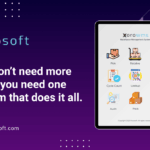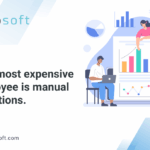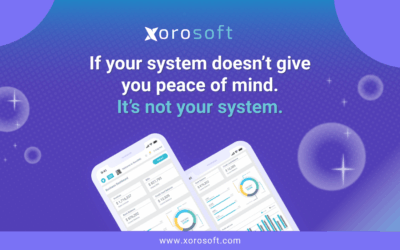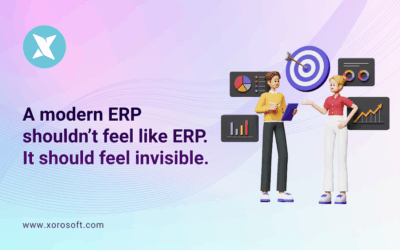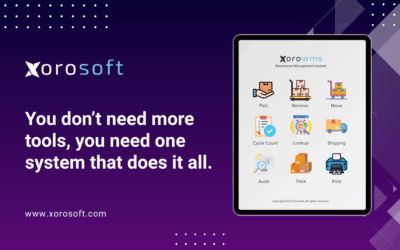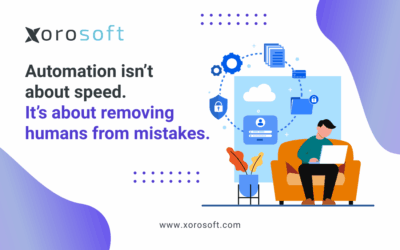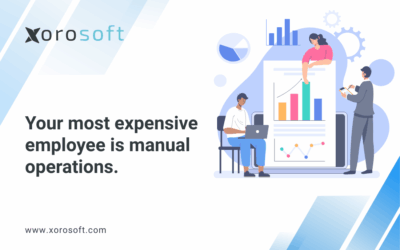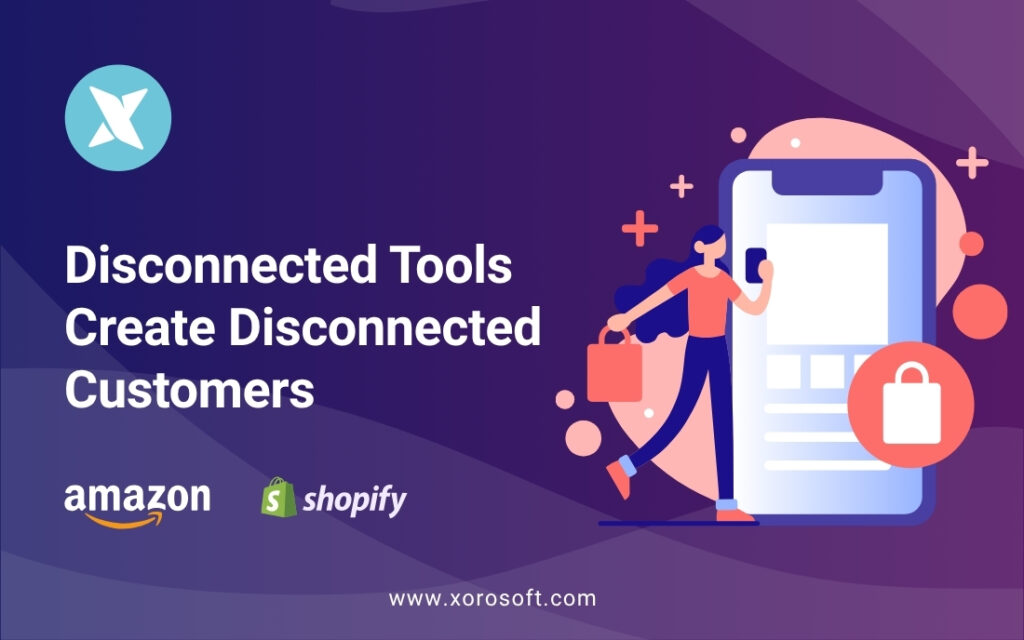
When Disconnected Systems in Business Break Customer Trust
Imagine this: an order comes through your website, but your disconnected systems in business don’t sync. Your inventory tracker is outdated. The warehouse ships the wrong product. The customer waits. Support is flooded. Sales hears nothing.
This is the cost of disconnected systems in business. It’s not a rare glitch—it’s an operational risk that directly impacts your customer relationships. And while patching things manually may have worked before, it won’t scale.
In today’s world, customers expect accuracy, speed, and visibility. If your backend runs on spreadsheets and isolated tools, those expectations quickly unravel.
Let’s look at what’s happening—and more importantly, how to fix it.
The Business Risks of Disconnected Systems in Business
When you’re small, managing operations with separate tools might seem fine. But once growth kicks in, those tools start working against you.
Here’s what typically breaks:
-
Your inventory tracker shows 50 units, but your website has already oversold.
-
Warehouse staff picks based on outdated reports.
-
The accounting team chases purchase orders buried in inboxes.
-
Customer service can’t provide updates without calling fulfillment.
Because of this, you face:
- Late or incorrect deliveries
- Refunds and replacements that hurt margins
- Team inefficiencies and costly fire-fighting
- Lost customer trust and growing churn
Each system may serve its purpose individually. However, when they don’t talk to each other, the result is a disconnected customer experience.
Why Disconnected Systems Keep Emerging in Growing Businesses
Most businesses don’t start with inefficiency—they grow into it.
Initially, a spreadsheet solves your inventory headaches. Then you add a shipping app. Later, QuickBooks handles your accounting. After that, you plug in a CRM. Eventually, you’re juggling five or more systems, none of which are connected.
As a result, you create silos where:
-
Data must be entered manually in multiple places
-
Reporting becomes inconsistent and delayed
-
Teams struggle to stay aligned
-
Small errors turn into major issues
Even so, many teams accept this complexity as the cost of growth. But it doesn’t have to be.
Why Modern Businesses Are Turning to Unified ERP Platforms
To escape operational chaos, more companies are adopting unified ERP systems that centralize their tools and workflows.
Rather than switching between disconnected platforms, everything lives in one place: inventory, procurement, WMS, accounting, and fulfillment.
Here’s what that changes:
- Real-time updates across your tech stack
- Streamlined warehouse operations with scanning and tracking
- Invoicing and payments automatically linked to transactions
- Fewer fulfillment errors and faster shipping
- Full visibility across departments—no more guesswork
For instance, instead of syncing three different apps, a unified ERP provides a single source of truth. That clarity unlocks faster decisions, smoother processes, and better customer experiences.
How Xorosoft ERP Solves the Disconnection Problem
Xorosoft ERP is built for businesses that are scaling fast but feeling the friction of disconnected tools. It brings everything together—without the mess.
🔎 Real-Time Insights Across the Entire Operation
With Xorosoft, your teams access live data across every department: sales, inventory, purchasing, accounting, and support. Therefore, everyone makes decisions based on the same truth.
📦 Built-In Warehouse Management, Not a Bolt-On
Many ERP platforms require third-party WMS add-ons. In contrast, Xorosoft comes with a powerful, native WMS that includes:
-
Barcode scanning
-
Bin and batch tracking
-
Cycle counts
-
Serial number management
As a result, warehouse errors drop, and speed goes up.
🔗 Seamless Integrations with Shopify, Amazon, and EDI
Xorosoft natively integrates with Shopify, Amazon, 3PLs, and EDI platforms. Consequently, your orders, inventory, and logistics stay in sync—without manual entry.
⚙️ Automation That Eliminates Manual Work
Routine tasks like PO approvals, invoice generation, and fulfillment logic can be automated. Moreover, this reduces errors, speeds up execution, and frees your team to focus on strategic work.
🏆 Rated #1 in Ease of Use on G2
Xorosoft is ranked the #1 ERP for Ease of Use on G2, and it’s consistently recognized as a High Performer.
Undoubtedly, your team will appreciate its clean UI and fast learning curve—so adoption never becomes a roadblock.
Your Customers Deserve Better Than Operational Guesswork
Your customers don’t see your tech stack. They only feel its results.
If your systems are disconnected, they’ll encounter:
-
Shipping delays
-
Incorrect products
-
Long support wait times
-
Uncertainty about orders
Eventually, even your most loyal customers will walk away.
Disconnected systems in business don’t just impact your workflows—they erode the very relationships you work hard to build. Fortunately, there’s a better way.
Connect Your Systems. Deliver Better Experiences.
Instead of patching up broken processes, it’s time to streamline with a system built for clarity and speed.
Xorosoft ERP centralizes your operations, automates the routine, and delivers real-time insights across every department. Additionally, it helps your team work smarter and your customers feel confident in your brand.
👉 Want to replace chaos with control? Book your free demo today.


